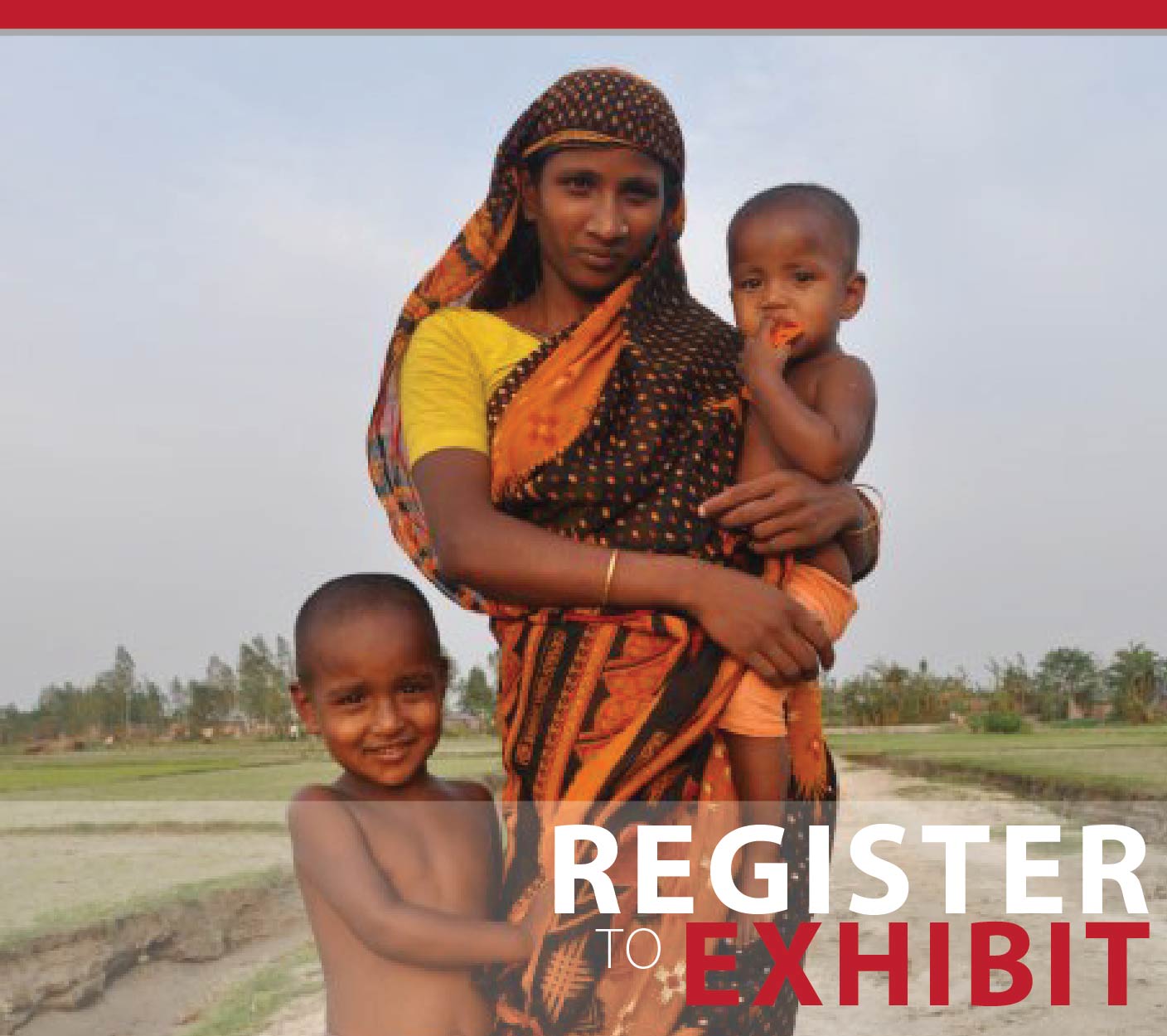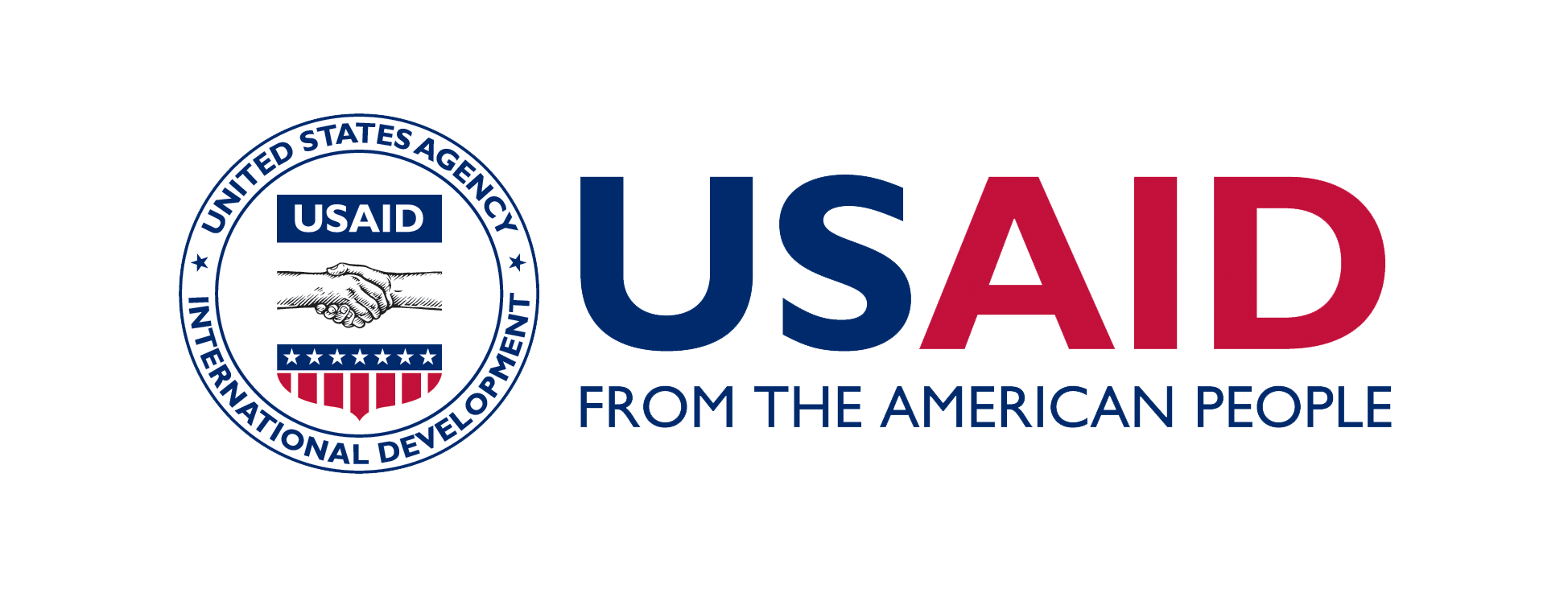by A. Tianna Scozzaro, originally at PAI on August 14, 2013
“There is nothing more beautiful than to give birth to a baby who is planned and wanted,” says Sandra Lopez, a midwife in Guatemala, in the opening sequence of Con las Manos Vacias: Delivering on the Right to Contraception. “…The birth experience for a woman who could not plan, who did not want the pregnancy, is very different.”
The story of reproductive health in Latin America and Caribbean (LAC) is essentially a story of two similarly unequal experiences.
Video: Empty Handed: Delivering on the Right to Contraception in Latin America
At a glance, the region seems somewhat advanced when it comes to reproductive health. Over the past 15 years, use of modern contraceptives has increased from 47.4% to 62.5%, giving the region as a whole the highest contraceptive prevalence rate in the developing world. The increased uptake of sexual and reproductive health and family planning services has resulted in a marked drop in total fertility rates, from approximately 4.6 children per woman in the 1970s to 2.5 today.
But if you scratch beneath the surface, the aggregate data is not telling the full story. Poor, indigenous, rural and adolescent women face serious challenges in accessing reproductive health services and supplies. Studies suggest that between 30% and 40% of adolescent pregnancies across the LAC region are unwanted, and up to 30% of these end in abortion. In 2008, approximately one-quarter of women in the LAC region who wanted to avoid getting pregnant were not using modern contraceptives. These same women also accounted for three-quarters of all unintended pregnancies across the region.
Vulnerable populations such as adolescents and sex workers also often lack adequate access to sexual and reproductive health and family planning services, largely due to social taboos, stigma and discrimination, limited confidentiality in accessing services, and hostility from health care providers.
“Here in our country it’s a taboo subject,” Sandra says. “Women fear being punished for using contraceptives. To me, this is a terrible violation of their rights.”
The impact that the lack of access to contraceptives has in the lives of millions of women in the LAC region is real and is significant. Filmed in Guatemala, Con las Manos Vacias tells the story of the hurdles these women face in accessing contraceptives, due to factors such as supply shortages, restrictive policies, cultural and religious norms, and social pressures. Some were simply unable to get the care they needed, while health care providers grappled with overwhelming demand, depleted supplies, and a lack of funding.
Con las Manos Vacias was produced by PAI in partnership with the Reproductive Health Supplies Coalition (RHSC), and premiered at the second annual meeting of the LAC Forum of the RHSC that took place in Lima in June 2013.











